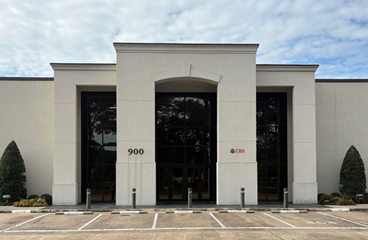900 East St. Mary Blvd. #104
Lafayette, LA 70503
Deep Inferior Epigastric Artery Perforator, or DIEP, flap reconstruction is a surgical procedure performed as a method of breast reconstruction. The surgery involves a reconstruction of the target breast by using a flap of fat tissue and skin from the abdomen and transferring it to the chest wall.
WHAT IS THE DIEP FLAP RECONSTRUCTION PROCEDURE?
Most women who are diagnosed with breast cancer are treated with a surgical procedure called a mastectomy, which involves removal of the infected breast in order to contain the spread of cancerous tissue to other areas of the body.
Since the patient is left with one missing breast after mastectomy surgery, it is typically followed up with a cosmetic reconstructive procedure called DIEP flap breast reconstruction surgery.
WHAT ARE THE BENEFITS OF DIEP FLAP SURGERY?
The DIEP flap surgery largely serves the dual purpose of reconstructing a new breast after mastectomy and creating tummy-tuck-like contouring and toning of the abdomen due to the removal of excess skin and fat from the area.
Since the DIEP flap procedure makes use of body’s own tissue and skin, the results are extremely natural looking and can achieve the natural suppleness and tenderness of an actual breast.
Unlike breast implants, which are at risk for issues like rupture and capsular contracture, DIEP flap augmentation eliminates the chances of contamination and rejection of the tissue by the body. It also yields safer and longer-lasting results.
While the traditional TRAM flap reconstruction surgery involves the risk of hernia, the DIEP flap technique considerably reduces the chances of an abdominal bulge or dislocation.
While most patients after TRAM surgery may suffer a lifelong weakening of their abdominal wall that can restrict their ability to lift heavy objects, DIEP flap reconstruction is limited to removal of fat and skin tissue only and ensures that the patient’s abdominal strength is not compromised.
DIEP flap surgery leads to a tighter and more sculpted abdomen, similar to that achieved by a full-fledged tummy tuck. It can also be extremely effective in achieving proper symmetry with the original breast. These two benefits can result in the restoration of a well-proportioned silhouette of your body.
DIEP flap surgery may be performed right after your mastectomy or after a gap of a few days or weeks, depending upon your specific case and preference.




